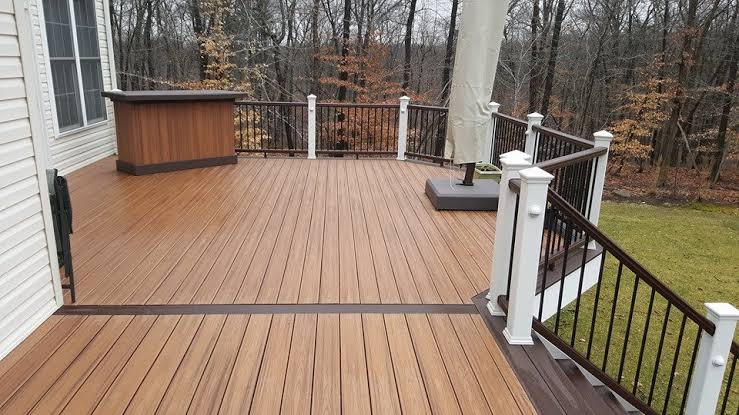Strategic landscaping involves designing your landscape for enhanced aesthetics, functionality, sustainability, and environmental impact. Landscapers use various approaches like planting native species, incorporating water conservation features, and optimizing the space for the intended purpose. Here is how to maximize outdoor space with strategic landscape design:
Yard Zones
Creating zones for unique functions and activities allows you to accommodate different needs within your space. Strategic landscaping involves separating zones for dining, lounging, playing, and gardening. Zoning offers dynamic landscapes with aesthetic and functional elements. The dining area may feature a deck or patio for meals and gatherings, while the relaxation zone may feature shade trees and comfortable seating. You can also add water fountains or ponds for enhanced tranquility. Play areas should remain safe and open, while garden beds can be equipped for flowers or vegetables. Efficient zoning creates visual organization, maximizing the space without making it seem crowded.
Vertical and Multi-level Gardens
Vertical gardening offers a way to increase available space when your yard has limited square footage. This approach uses trellises, hanging baskets, and green walls to create additional growing space. You may also grow climbing plants or install vertical planters on walls and fences. Because baskets allow enhanced nutrient and climate control, you can grow both native and exotic plants. Use different varieties to create colorful vertical living gardens.
You can create multi-level gardens using raised beds, terraced areas, and different planting levels. Vertical and multi-level gardens help create depth and improve the appearance of hardscapes, bringing visual interest to otherwise dull spaces.
Layers and Container Gardens
Layered gardens help create depth and texture while maximizing outdoor space. The technique involves planting grass, low-growing ground covers, shrubs, tall trees, and mid-height plants in the same landscape. Layering may make your space feel more expansive and adds dimension and variety, including privacy, natural shading, and relaxation areas. Native plants are suited to your local climate and require less maintenance and irrigation in layered gardens.
To increase your garden’s color, add exotic varieties in pots and planters. Container gardening increases flexibility, allowing you to rearrange the garden and bring color to corners and other tight or unlikely spaces.
Pathways
Pathways define walkways and create a visual separation of the different zones. They also guide movement through your landscape, protecting the delicate grass and ground covers from trampling. Use stepping stones for minimal, modern aesthetics or gravel paths to add rustic appeal. Decking and pavers can be used for larger hardscaped areas like sheltered or shaded relaxation zones. Connect the different zones for seamless movement from the house to the gardens and patios. Position seats and outdoor furniture strategically to encourage conversation while providing the best views of the surrounding landscape. You can add lighting to the pathways to extend usability to night hours or highlight specific focal features.
Multi-functional Elements
Adding features that serve multiple purposes can save space without compromising functionality. Choose decorative planters with seating edges or benches with storage underneath. You may also find compact, narrow, or tiered planter designs. Use the fire pit as the focal point, outdoor cooking area, and heat source. Other focal point options include water features, sculptures, and large planters. Add foldable furniture that you can store when not in use. Use different plant varieties to create dynamic colors and textures. Regular mowing, pruning, weed management, and seasonal cleaning help you maintain a neat, organized lawn and landscape.
Schedule Professional Landscaping Services Today
Designing a landscape that maximizes your space requires a licensed landscaper. They use your vision, sketches, and photos to plan and execute the design based on your needs. Contact an experienced landscaping company today to learn more about maximizing outdoor space.







